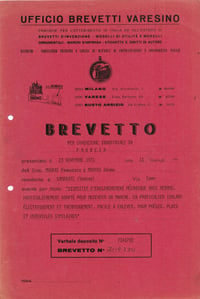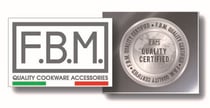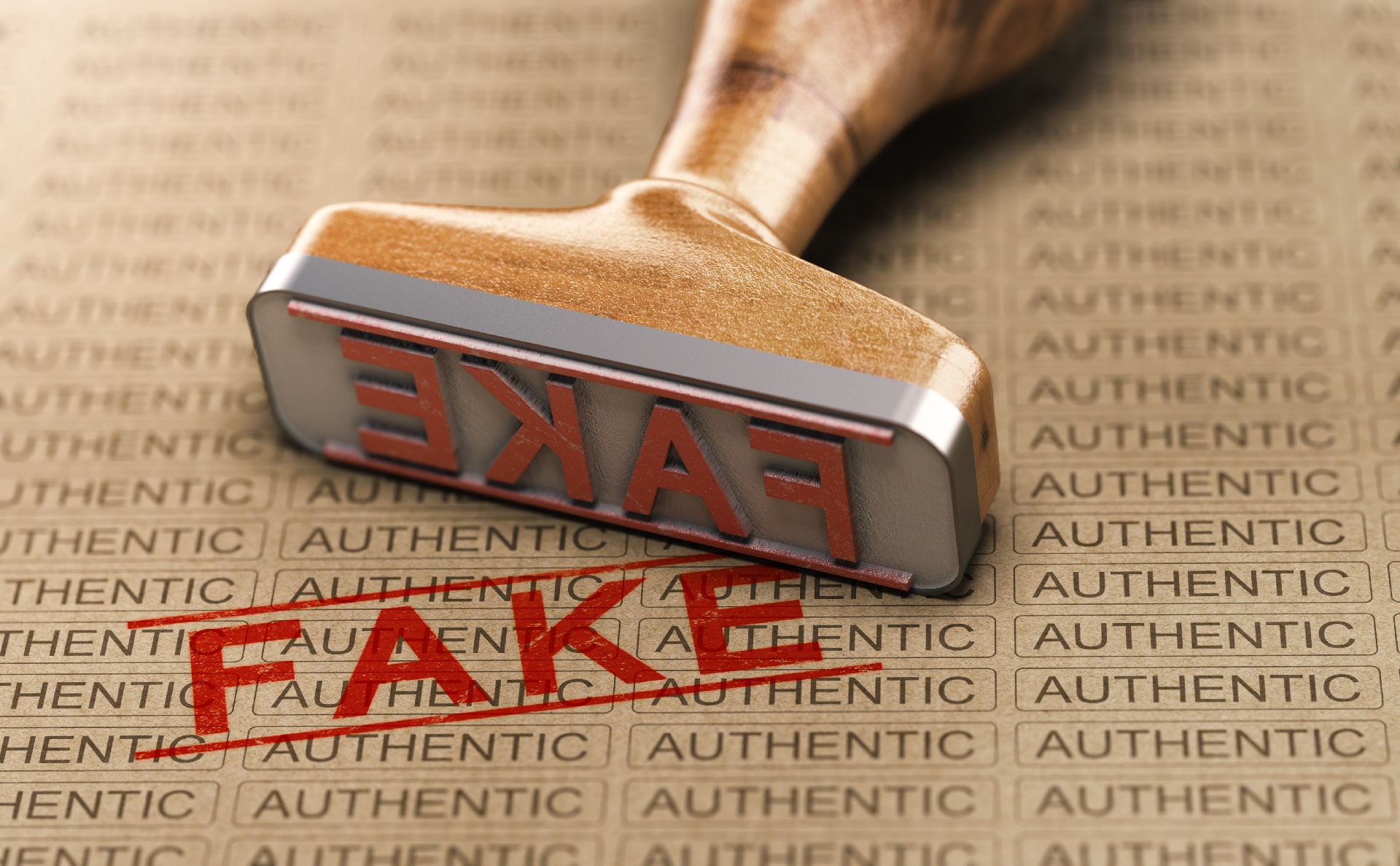Today, being sure that all the products new to the market are legitimate ones is not so easy: product authenticity is often jeopardized by counterfeiting. As a result, despite your best intentions, it's possible that you, as a cookware manufacturer, buyer, or retailer, could end up with a counterfeit pot handle on your hands.
Indeed, counterfeiting is a global problem that’s threatening nearly every consumer product across every category with significant potential risk for intellectual property (IP) in the knowledgebased, open and globalized economy.
If you have been able to avoid this unfortunate event, you will, of course, want to use your knowledge and take appropriate steps to prevent it in the future.
Kindly consider the following guide to help you stay away from dealing in and with counterfeit products. Given our industry we will focus on cookware products but the following situations and advices can apply to all sectors. Let's start from the beginning.
Counterfeit Cookware and You: A Guide for Manufacturers, Buyers and Retailers
1. What is a Patent?
A patent is a legal document that gives the patent owner the exclusive right to “manufacture, sell and use” the thing described in the patent. It's put in place to protect the patent owner from those who may take the idea for the invention and copy it.
2. What Should you do to Avoid Importing Counterfeit Products?
Manufacturing, importing, selling and in general using counterfeit products is illegal.
Some handy data to consider the problem:
Numbers of counterfeit item is raising year on year, once every three years, the Organization for Economic Cooperation and Development (OECD) and the European Union Intellectual Property Office (EUIPO) – see the note and website link in the following paragraph - examine the size of global trade of counterfeit or pirated product.
The extent of global trade in counterfeit goods is steadily increasing, according to the latest OECD assessment; its share in global trade increased from 2.5 per cent to 3.3 per cent only in the last few years.
Furthermore, looking at the annual value of imported counterfeit and pirated goods into the EU, it amounts to as much as EUR 121 billion (USD 134 billion), which represents up to 6.8% of EU imports, against 5% of EU imports in 2013.
While counterfeits can impact a brands revenue and reputation, for their consumers the impacts can be significantly more severe, often putting their health and safety at risk (EUIPO, 2016).
Information on the magnitude scope and trends of counterfeit and pirated trade is critical for understanding the nature of the problems being faced and how the situation is evolving. Information is essential for designing and implementing effective policies and measures to combat illicit operations.
When you are buying from the market, there are a few things you can do to lower the risk of importing products that may be counterfeit:
- Search for and work with partners who have several years of experience in the industry, and who have references and proven business practices recognized internationally. They are more reliable since they have solid business ethics and working methods, so they can support you better.
- Put safeguards into your purchase contracts to protect yourself. For example, ensure that any liability is borne by the supplier if a violation of a patent or any other issues is discovered on or after delivery.
- Take the time to conduct a search with the Patents Office before committing to buy a product. There is a fee for this service. However, it is money well spent compared to the cost of having to defend your company in a lawsuit. Moreover, you always want to show that you have done your due diligence when making buying decisions.
There are a number of patent databases that you can consult online. Since you need to search for technical information during your search, we suggest that you consult a database run by a professional organization to get the best, most up-to-date information possible about a patent or any other search you require.
The following are links to the major websites for conducting patent searches for Europe and at the International level:
Each country also has its own patent registry. For example, in Italy, there is the Italian Patent and Trademark Office.
You can also look up individual country’s regulatory references. For Italy, you would visit the following websites:
- Directorate-General for the Fight against Counterfeiting - Italian Patent and Trademark Office
- Regulations and Law
3. What are the Risks of selling Counterfeit Cookware Products?
- Civil and Criminal Charges: even having possession of a counterfeit cookware set is illegal, as well as using one. Meaning, doesn’t matter if you were not aware of selling a counterfeited product, the only fact that you have it means that you can be sued before any competent Court.
- Economical Issues: your company can be sued for damages by the patent holder. He can demand compensation because his right to exclusive use of the design or idea has been violated. Of course, it is impossible to estimate or foresee the amount of a request for economic compensation, but it is indeed something no one would like to be involved with.
- Damage to the Corporate Image: many companies present themselves as being authentic and conducting themselves ethically. They also investing considerable part of their budget to promote their brand image accordingly. If they were to be linked to any allegations of being involved with counterfeiting, it would have a strong negative impact on their brand image and marketing practices, as well as socially and ethically.
- Loose customer trust: do not forget the fact that nowadays consumers are highly conscious and informed whne it comes to compling to market regulations, and with an increasing interest in eco and sustainable products than ever.
4. What to do if Counterfeit Cookware Set is Discovered
At times, the search for the lowest price may lead to counterfeit products ending up in a manufacturing or distribution facility or at a retailer. If the patent owner find evidence of the products being distributed illegally, then the latter can start a proceedings against the retailer who sells the product.
If this happens, Simone Randazzo, Patent Attorney of La Termoplastic F.B.M., advises as follows:
"First of all, it is important to verify the existence of the patent or design registration and whether there is a similarity between the products (original and claimed one). It would be more effective to face this step with the cooperation of an attorney focused on these kind of matters. Afterwards, it is important to check the validity of the patent/design and therefore of all the requirements needed to obtain a valid registration. Once it is confirmed the patent is valid and there are the circumstances to demonstrate the violation of the intellectual property right, it is advisable to find an amicable solution with the aim of avoiding going to the Court and therefore, sustaining all the relative cost."
F.B.M. at the forefront against counterfeiting
F.B.M. is an industry expert that holds more than 200 patents. As a company, we are proud to invest in industrial rights and each product we develop is an internationally protected intellectual property.
We firmly believe that consumer protection and its safety are fundamental pillars of our business; we are constantly engaged in the search for the best material for cookware handles for pots and pans. That's why we invest in this in order to guarantee the
 originality of the products used and to defend our customers from any possible violation in this sense, also by other market players.
originality of the products used and to defend our customers from any possible violation in this sense, also by other market players.
If you would like to have a consultation and go more in depth about possible counterfeit handle situation, just contact us and we will be happy to offer advice and support.





